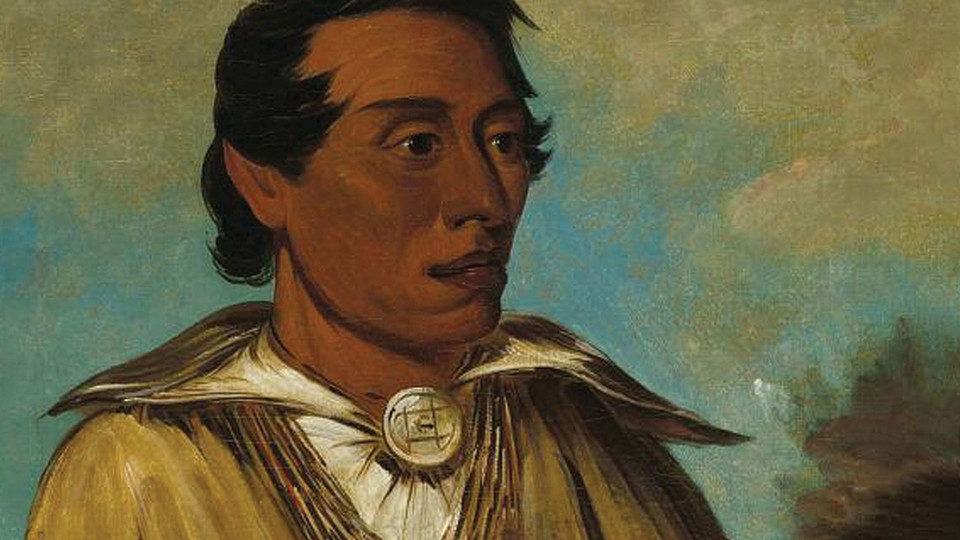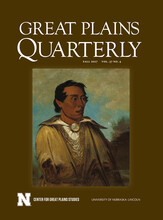· 3 min read
Great Plains Quarterly features essays on mapping literature

Stories of the Great Plains share common characteristics and a profound sense of place. Through the process of deep mapping — depicting a place through interconnected stories and how they relate to the landscape — we can understand the unique characteristics of Great Plains literature.
In the fall issue of Great Plains Quarterly, four authors use deep mapping to explore literature on the Great Plains. In their essays, Rilla Askew, Richard Edwards, Linda Ray Pratt and Daniel Simon bring unique viewpoints to this theme, yet offer a cohesive narrative of deep mapping itself. As Simon writes, “Poets and writers map the physical, temporal, emotional and spiritual geographies of the Great Plains.”
Also in the issue (Volume 37, No. 4):
Discover why Daniel Flores’ “American Serengeti: The Last Big Animals of the Great Plains” was awarded the 2017 Stubbendieck Great Plains Distinguished Book Prize in an essay from George Wolf, the chair of the judging committee.
Robert Klein Engler shares an amusing essay of artist Karl Bodmer, who traveled with Prince Maximilian of Wied in 1833, and the mysterious origin of his Paris Beau beaver hat in “Karl Bodmer’s Hat (and Some Missing New Orleans Drawings).”
Matthew Garrett examines the cultural and societal impacts of the Kenekuk religion on its believers as well as the intriguing life of its spiritual leader and founder, Kenekuk, the Kickapoo Prophet, in “More than a Facade: The Kenekuk Religion Revisited.”
By using entries from the diary of a teenage boy who moves with his family from Illinois to Kansas in the late 1870s, Scott Scheuerell shows how using such sources in today’s social studies curriculum can greatly improve teaching the story of westward settlement. His article, “Diary Notes from a Teenager: Insights into Life on the Great Plains in the Late 1870s” contains several parallels to today’s youth.
Book reviews include Akim D. Reinhardt’s “Welcome to the Oglala Nation: A Documentary Reader in Oglala Lakota Political History,” Roger Welsch’s “Why I’m an Only Child and Other Slightly Naughty Plains Folktales,” James D. McLaird’s “Hugh Glass: Grizzly Survivor” and Bruce A. Glasrud and Michael N. Searles’ Black Cowboys in the American West: On the Range, On the Stage, Behind the Badge.”
Great Plains Quarterly is an interdisciplinary academic journal published by the Center for Great Plains Studies at the University of Nebraska-Lincoln. The issue is available via the University of Nebraska Press as an individual copy or as a subscription or online via Project MUSE through participating university libraries. For more information, click here.








